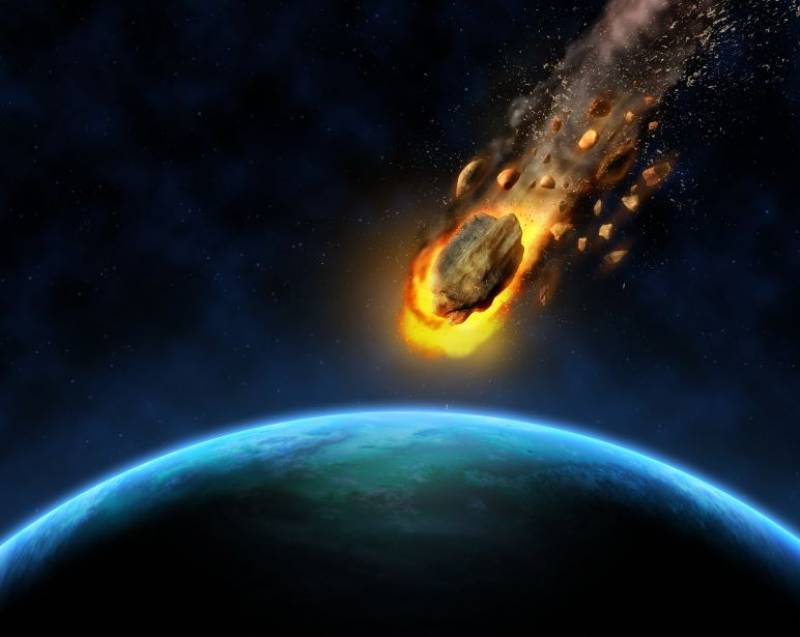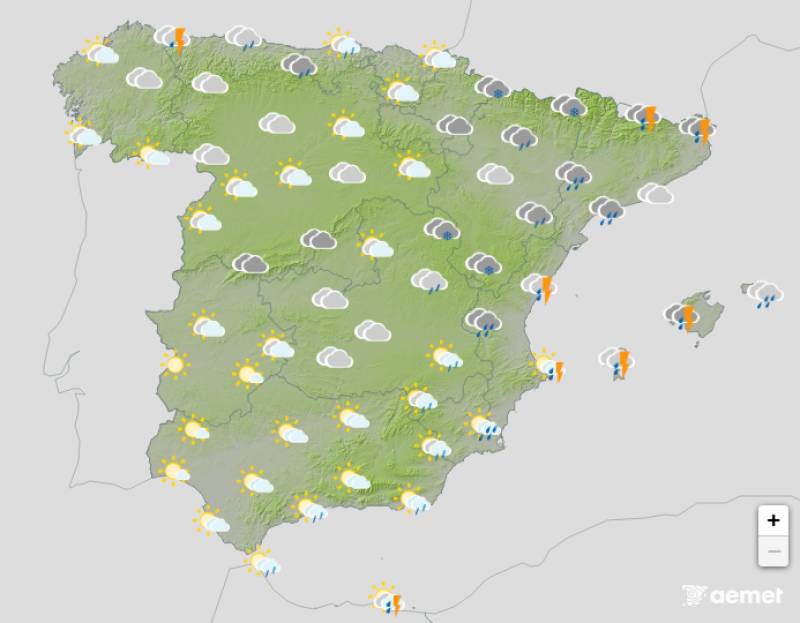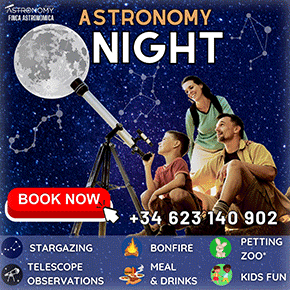
To be listed on the CAMPOSOL TODAY MAP please call +34 968 018 268.
article_detail
Date Published: 06/02/2025
Is Asteroid 2024 YR4 on a collision course with Earth?
Despite low odds, scientists warn the asteroid “is big enough to cause disasters”

Astrophysicists are closely monitoring asteroid 2024 YR4, a newly discovered space rock that has sparked global concern and even triggered the UN Planetary Security Protocol for the first time in history. While the probability of impact remains low, the asteroid’s size – estimated to be between 40 and 90 metres in diameter – is enough to warrant attention from scientists and space agencies worldwide.
According to initial observations of its orbit, 2024 YR4 has a 1.3% chance of colliding with Earth on December 22, 2032. While that may seem like a slim possibility, experts stress that any object of this magnitude could cause significant damage if it were to hit a populated area.
“As there is a risk of collision greater than 1% and the object is of a size that could cause significant damage, a series of coordinated actions must be put in place between space agencies, mainly ESA, the European agency and NASA,” explained José María Madiedo, researcher at the Institute of Astrophysics of Andalucía.
As of January 31, 2025, asteroid 2024 YR4 is approximately 48 million kilometres away from Earth.
Despite the alarming headlines, astrophysicists from Spain’s Higher Council for Scientific Research (CSIC) believe that further studies will likely reduce the level of risk as they gather more data.
This fact-finding mission includes a “strict” monitoring of the asteroid to determine more precisely what the probability of impact is.
“If it is confirmed that the impact could occur, it will be necessary to determine in which area of the planet it would occur and what actions would have to be taken to mitigate the effects of such a collision,” the astrophysicist added.
For now, scientists have around three months to continue observing the asteroid, as 2024 YR is moving away from Earth. According to their calculations, it will be visible again in December 2028 as it approaches our planet, although in this case without risk of impact.
NASA 's International Asteroid Warning Network (IAWN) has determined that if 2024 YR4 does hit in 2030, the most likely collision points would be the eastern Pacific Ocean, northern South America, the Atlantic Ocean, Africa, the Arabian Sea and southern Asia.
“Saying that is like saying the whole planet, practically,” pointed out astrophysicist Madiedo. “By the time you say it could fall in the Pacific Ocean you have already covered half the globe. There is such uncertainty with the object's trajectory that giving a reliable prediction of the impact site is impossible, although it is most likely that it would hit in the Pacific, because it is the largest.”
The last celestial body to impact our planet was the meteorite that hit the Russian city of Chelyabinsk on the morning of February 15, 2013, and which measured about ten metres in diameter. The meteorite impacted 80 kilometres from the city and released an energy thirty times greater than the nuclear bomb in Hiroshima.
The explosion occurred at approximately 20,000 metres above sea level, but the shock wave caused 1,500 injuries and material damage.
For now, the asteroid 2024 YR4 remains under close surveillance, with upcoming observations expected to refine its trajectory. As scientists continue tracking its path, they emphasise that space agencies worldwide are well-prepared to respond to potential threats from near-Earth objects.
Image: Freepik
Loading
Sign up for the Spanish News Today Editors Roundup Weekly Bulletin and get an email with all the week’s news straight to your inbox
Special offer: Subscribe now for 25% off (36.95 euros for 48 Bulletins)
OR
you can sign up to our FREE weekly roundup!
Read some of our recent bulletins:
Discount Special Offer subscription:
36.95€ for 48 Editor’s Weekly News Roundup bulletins!
Please CLICK THE BUTTON to subscribe.
(List price 3 months 12 Bulletins)
Read more stories from around Spain:
Contact Murcia Today: Editorial 000 000 000 /
Office 000 000 000






























